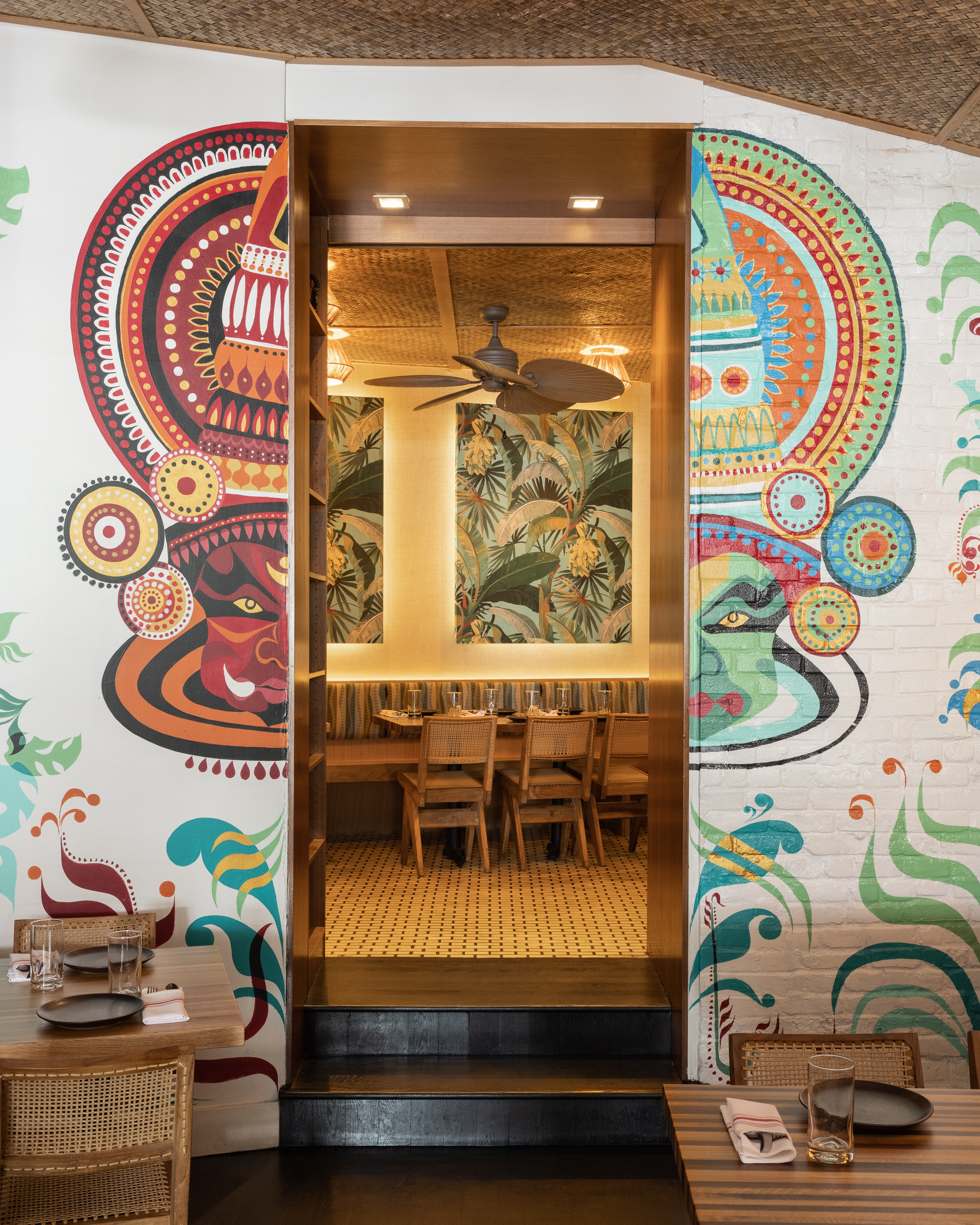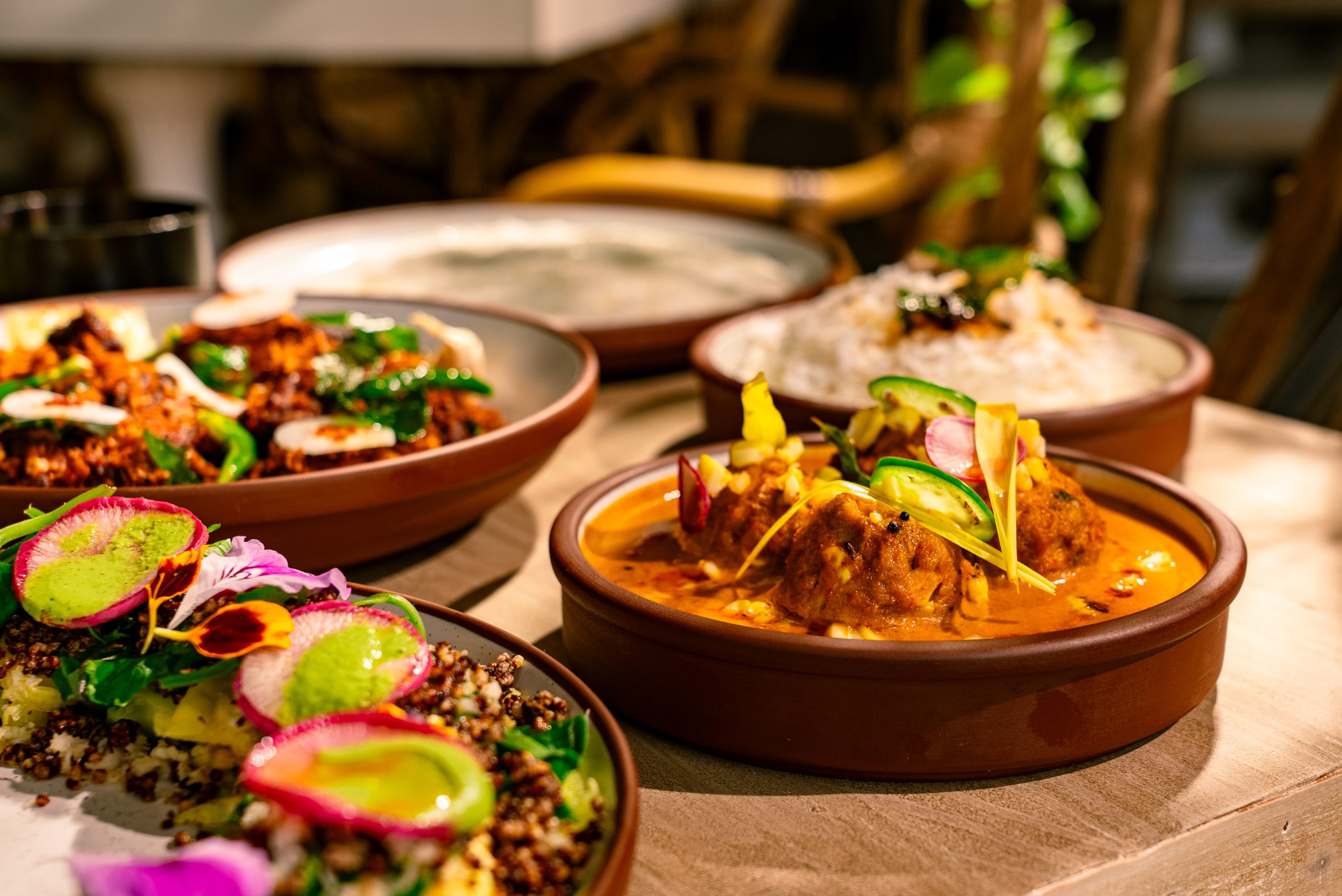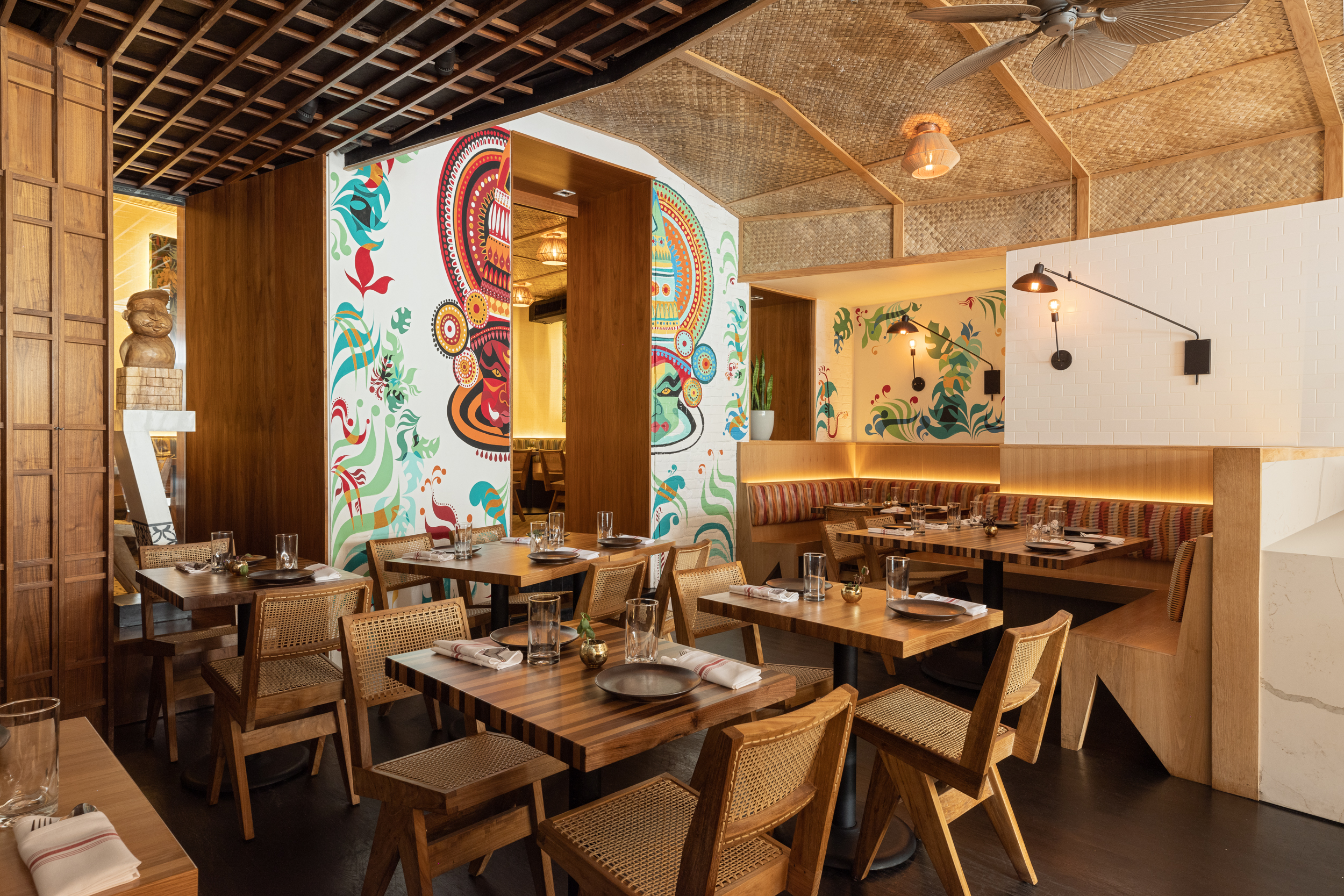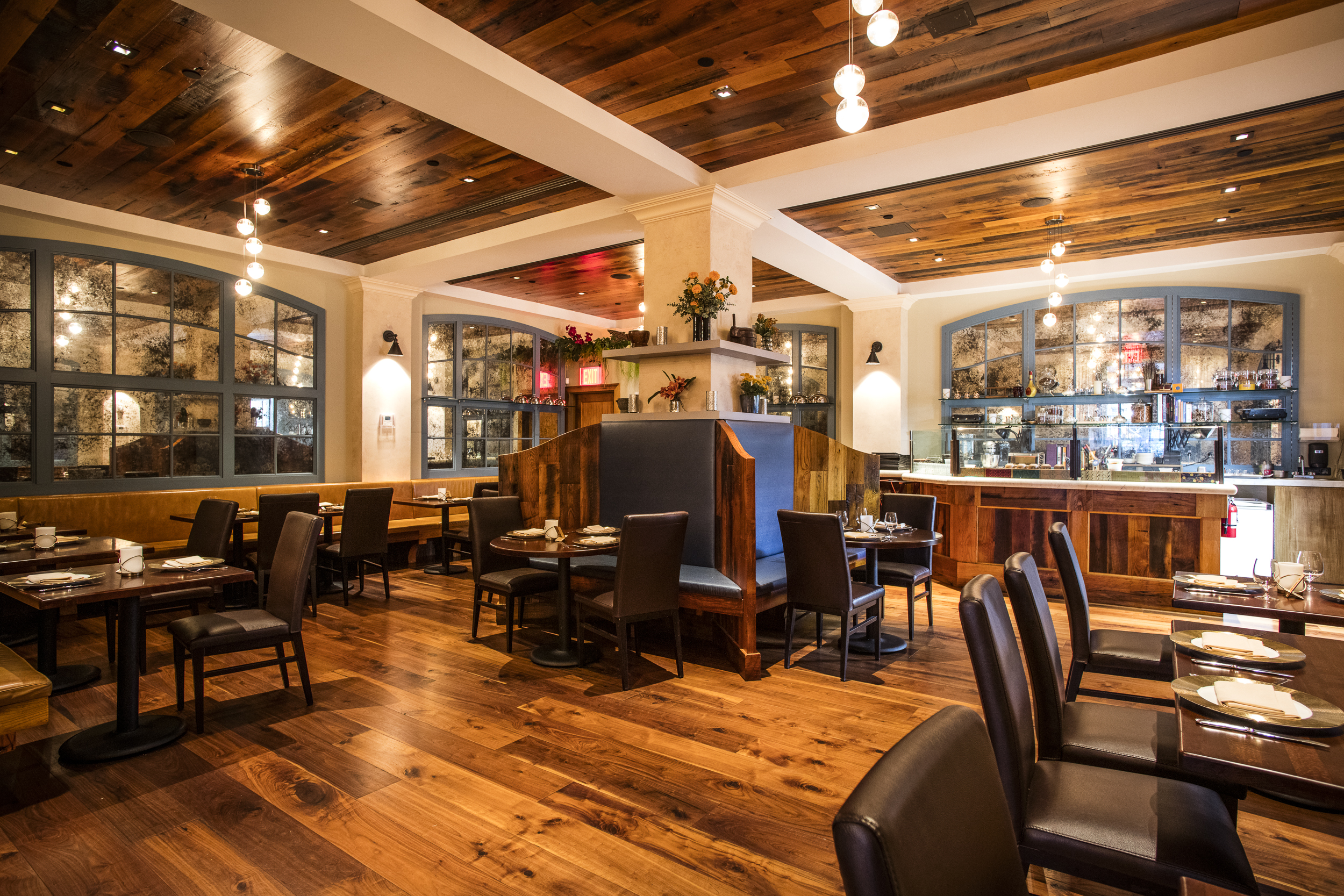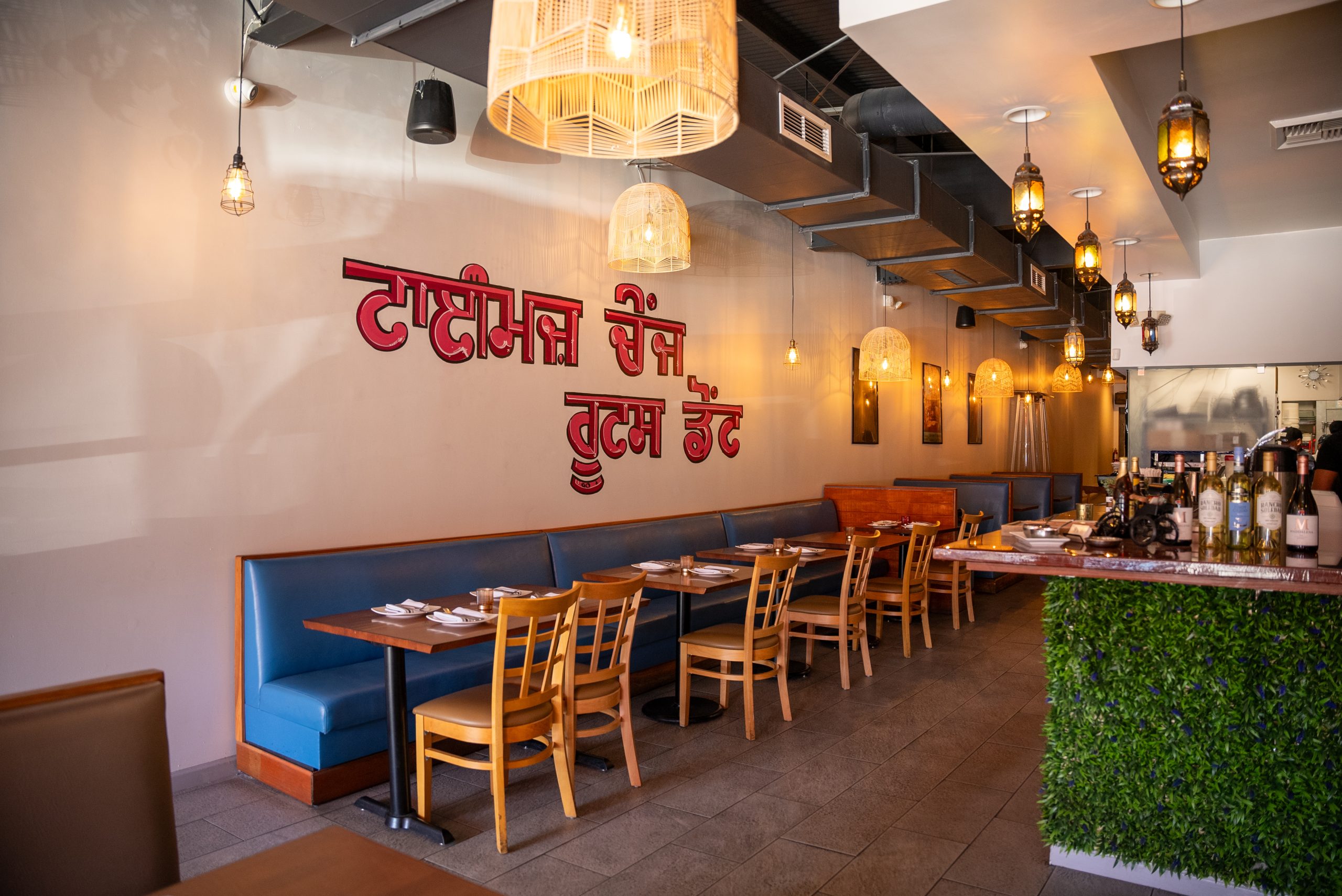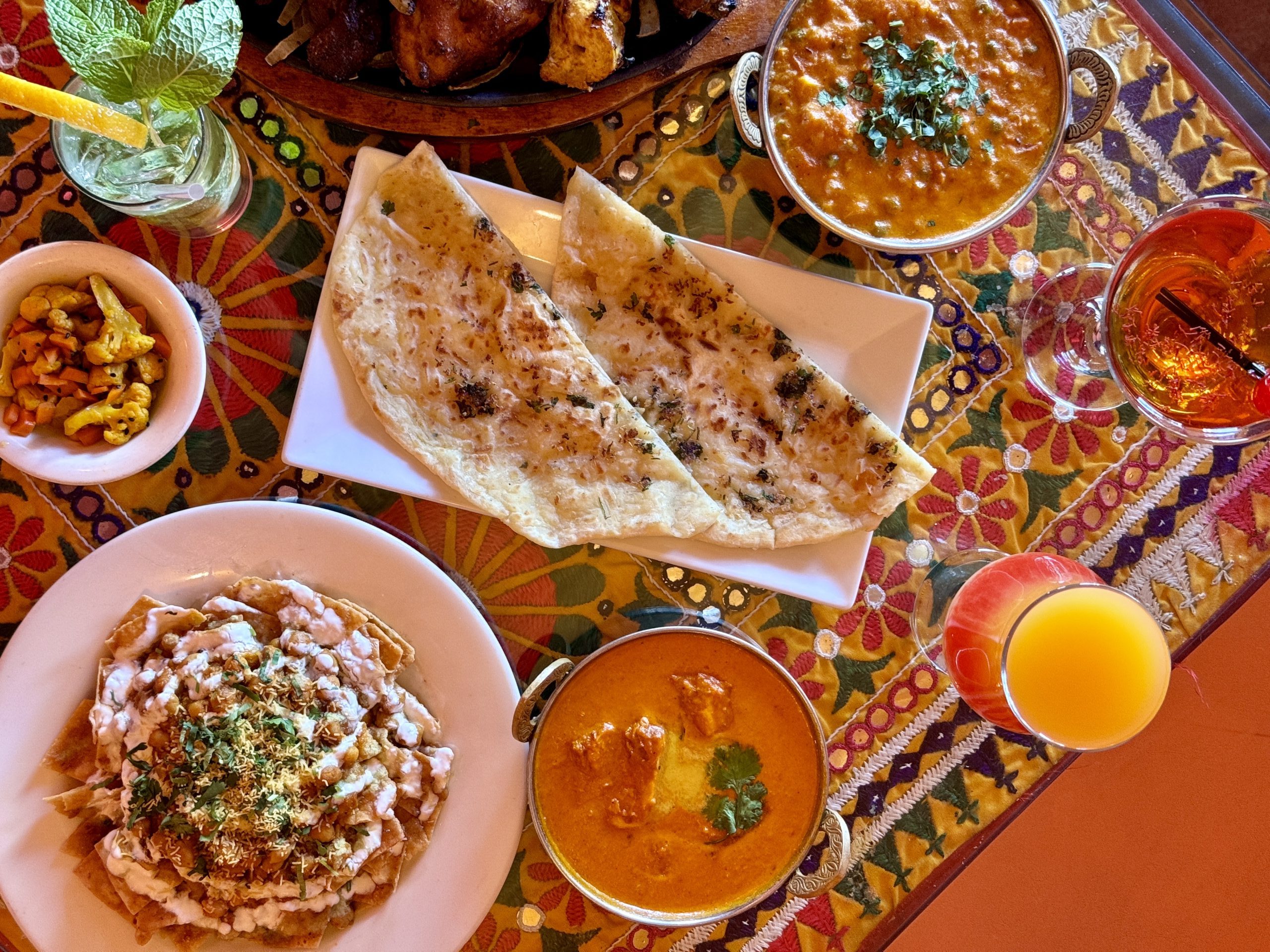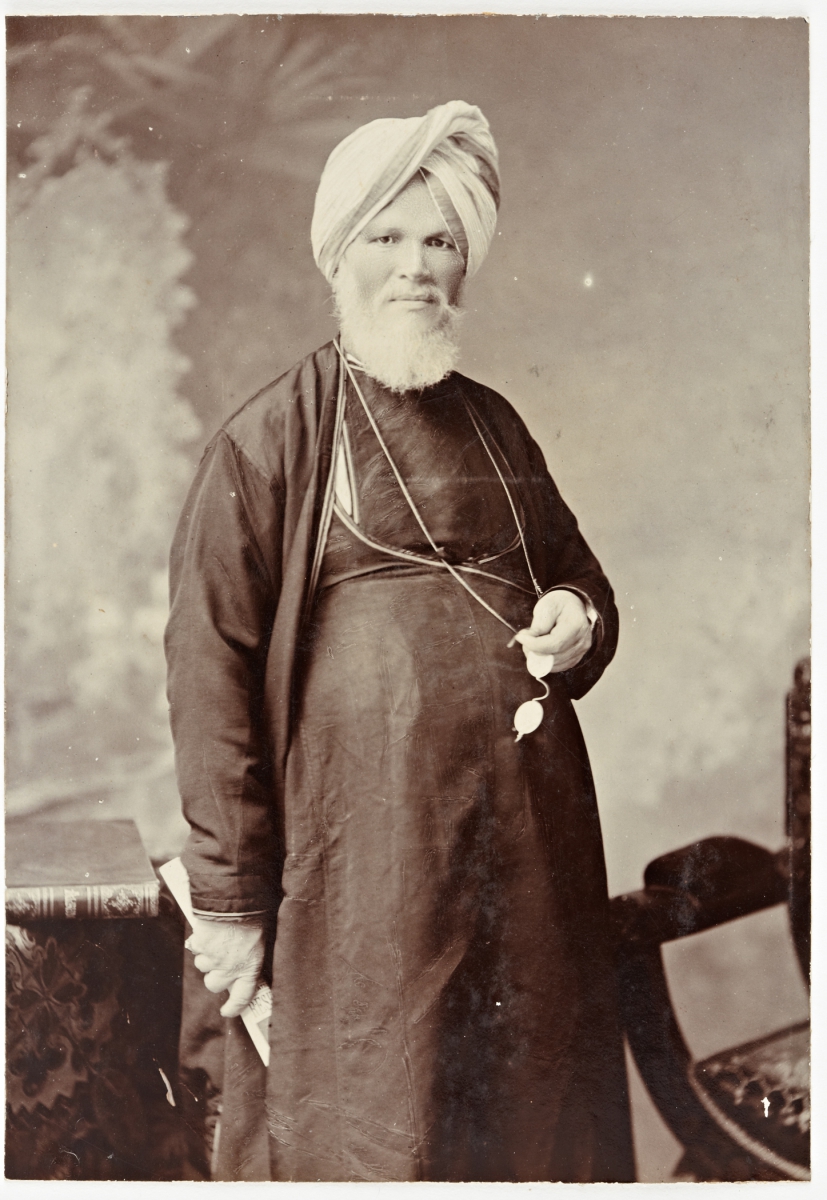On my recent trip to New York City, I was amazed to find that some of the most coveted reservations were at Indian restaurants, a testament to the growing popularity of Indian cuisine. Undoubtedly, in the last few decades, Indian eateries have emerged as a culinary force in the United States, transforming the American food landscape. Here, we delve into the strategies, innovations, and cultural exchange that have propelled Indian restaurants to success in America.
Adapting to the American Palate
Successful Indian eateries in the United States have mastered the art of adapting to an American palate. While maintaining the authenticity of their dishes, they have adjusted their offerings to local preferences and dietary restrictions. Additionally, the food often includes familiar ingredients and cooking techniques to create fusion dishes that appeal to a broader audience. “Our kitchen at Junoon has a mantra of cooking traditional Indian recipes through the lens of New York City,” mentions Akshay Bhardwaj, Executive Chef at Junoon. “When developing a dish, we ensure the key component has traditional ties to the cuisine, which we then pair with seasonal ingredients found in New York City and tweak techniques as we see fit. Ten years ago, we had a dish—Foie Gras-duck Terrine on the menu, which has no Indian roots, and the foie gras was the main component made with European technique and flavours. Now, we still use high-end ingredients like truffles and caviar, but they are final-touch components that compliment our khichdi and puchka dishes (respectively) instead of being the main focus of the dish.”
Moreover, several Indian restaurants in the United States serve a range of vegetarian and vegan options, catering to the growing demand for plant-based cuisine. “The secret to longevity in Los Angeles’ restaurant scene is evolving while staying authentic,” adds Lakhvir Khinda, chef and owner of Electric Karma. “At Electric Karma, we’ve focused on making Indian cuisine accessible to everyone, from being featured in local food media to adapting our menu for vegan and gluten-free diners. It’s about keeping traditional flavours alive while meeting today’s dining needs.”
The Power of Authenticity
From vibrant curries to inventive plating, every dish is a harmonious blend of authenticity and modern appeal, resonating with both traditional roots and contemporary tastes.
Furthermore, at the heart of every successful Indian eatery in the States lies a commitment to authenticity. Chefs source high-quality ingredients, use age-old cooking techniques, and aim to recreate the flavours of India. By staying true to their roots, these restaurants have earned the trust and loyalty of the diners.
“Copra is particularly close to my heart because the menu showcases regional specialties from the southernmost states of India, where I grew up. These dishes are deeply rooted in the culinary tradition of my youth. We have found that these coastal flavours draw in audiences who, though unfamiliar with the region, are excited to try something new, while also clearly resonating with people who are from Kerala and Tamil Nadu,” says Srijith Gopinathan, executive chef and co-owner at Copra in San Francisco. “Our success has been in staying true to these dishes, even when we’re putting our spin on them and making them with ingredients that grow here in California. Of course, we also work to provide an experience that is elevated, from the menu to the beverage program to the beautiful interiors of our restaurants. We want diners to feel like they can celebrate this cuisine and expand their idea of what it can be, especially as so many feel a personal connection to it.”
Elevated Interiors
Copra’s interior beautifully blends traditional Indian elements with modern American design, showcasing warm hues and intricate details.
Gone are the days when Indian restaurants in the United States were casual joints. Presently, these eateries boast awe-inspiring interiors designed by some of the leading interior designers and architects in the world. For instance, a Michelin-starred Indian restaurant in NYC—Semma’s interiors have been conceptualised by architect and designer Wid Chapman and pay homage to the Deccan (region of South India). The eatery features a mix of contemporary and traditional Indian design, featuring sleek lines, warm hues, and intricate artwork.
Marketing Magic
Indian restaurants in America have also evolved and embraced social media platforms. The eateries are using social media to showcase their visually arresting dishes, inviting interiors, and engage with customers. In addition, the restaurants are collaborating with local food bloggers and influencers to reach a wider audience and generate buzz. “The way we connect with guests has completely changed since my father’s era of restaurant marketing when flyers and radio spots were the go-to strategy. At Roots, we’ve found success by naturally engaging on the social platforms we grew up with, such as Instagram, and building real relationships with our Los Angeles community. It’s a new world of connecting with diners, and we’re here for it,” states Anmoldeep Khinda, owner of Roots in Los Angeles.
Focus on Indian Hospitality
One of the most unique aspects of Indian culture is its emphasis on hospitality. This philosophy of treating guests with the utmost respect and care has translated into the hospitality industry, including Indian eateries in the United States. “Our cuisine draws on the traditions of Kolkata and Bengali cuisine, famous for its sophisticated use of spices and spice-blending techniques. But it’s not just about the food. We believe that every patron who walks through the door is our special guest,” says Ruhel Amin, owner of Oh! Calcutta in Long Island City. “Our friendly staff and warm service create an inviting atmosphere, complemented by our vibrant red and grey décor and a lovely outdoor patio garden. It’s a place where friends gather, families celebrate, and locals stroll in to enjoy a satisfying meal. From our food to our service to our décor, we want our guests to leave happy with a memorable dining experience.”
Beyond Butter Chicken
Highlighting India’s lesser-known regional dishes, Copra introduces Americans to the diverse and authentic flavors of Indian cuisine.
For years, Indian cuisine in the States was often stereotyped as a one-note affair, dominated by Butter Chicken and Tikka Masala. While these dishes remain popular, a new generation of Indian eateries is challenging these stereotypes and exhibiting the incredible diversity of Indian cuisine. Indian-origin chefs are introducing Americans to the breadth of Indian cuisine, from the spicy curries of the South to the delicate flavours of the North.
“For us at Dhamaka, it was very clear right from the beginning that we want to showcase the forgotten side of India. We were very very confident about doing dishes that no one has ever dared to do before,” mentions Neel Kajale, Chef De Cuisine at Dhamaka in New York City. “Right from the get-go, we knew we were not going to succumb to the pressure of having Butter Chicken, Dal Makhani, Garlic Naan, and Chicken Tikka Masala on our menu just because we’re an Indian restaurant. Rather than doing dishes just from Punjab, we want to give all states equal representation. This is why we have Champaran Mutton from Bihar and Dahi Wali Bhindi from Uttarakhand. India has so many regions and states with some lip-smacking food! Why not give all of them a voice?”
As the popularity of Indian cuisine continues to grow, we can expect to see even more unorthodox restaurants in the United States. From upscale eateries to vibrant gastro bars, Indian restaurants are poised to shape the future of American food culture. By marrying tradition with innovation, these establishments are not only introducing new flavours to diners but also fostering a deeper appreciation for the rich and diverse world of Indian cuisine.
Words by Pallavi Mehra.
Featured Image courtesy Copra.
